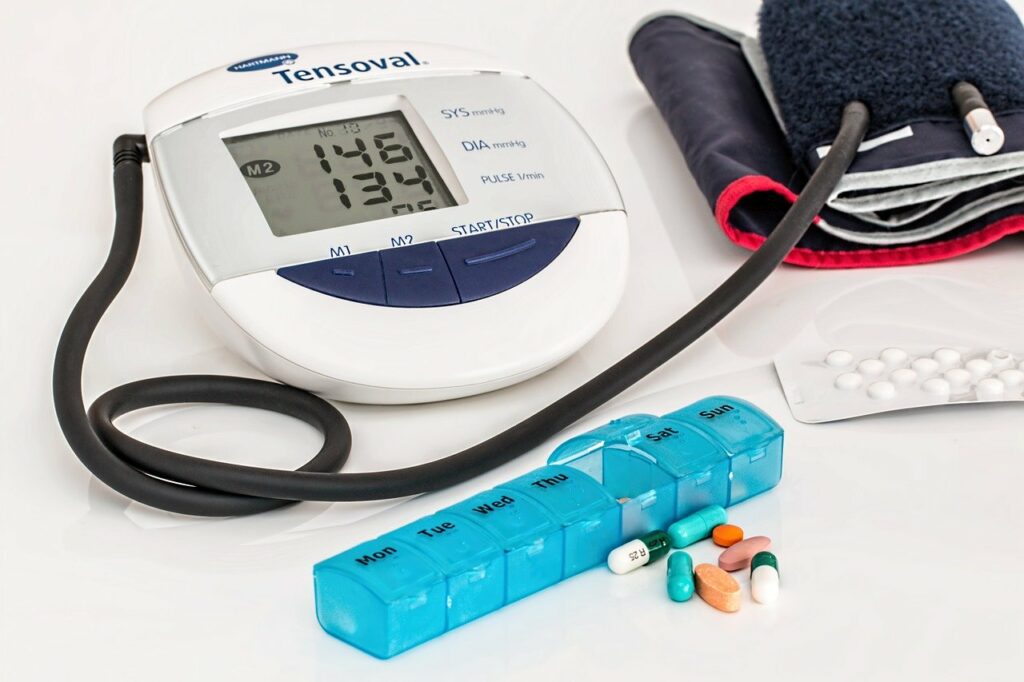Remember that icebreaker game, Three Truths and a Lie? You give 4 facts about yourself and the group guesses which one is the lie? I am a horrible liar (good news for those of you who are my clients!) and my life is so boring it’s a tough game for me to play.
Today, we’ll talk about that retirement savings secret weapon, the Health Savings Account. Guess which one is the lie (answer at the bottom).
- Health Savings Accounts are triple-tax advantaged. Pre-tax money goes in, the money grows without annual taxation on the earnings, and withdrawals are tax-free as long as you use the money for health-related expenses.
- Health Savings Accounts can be used in conjunction with any type of health insurance plan.
- The money in Health Savings Accounts can be used for current medical expenses or left to grow for expenses later in life – even out to retirement.
- The maximum contribution in 2020 for Health Savings Accounts is $3,550 (single), $7,100 (families) and an extra $1,000 catch up contribution for those aged 55 and older.
The lie is #2. Health Savings Accounts can only be contributed to in years that you participate in an HSA-compatible high-deductible health plan.
Some signs that you have an HSA compatible plan (vs. just a high deductible plan):
- On the individual market, your out of pocket max is NOT $8150. It’s usually around $6900 on HSA plans (in 2020).
- Your plan does not have co-pays: HSA compatible plans are not allowed to have copays for anything before the deductible has been met, per IRS regs.
- Your plan name contains “HSA” — usually (not always on employer plans) if it’s an HSA, the name will contain “HSA.”
The tax treatment of H.S.A.’s are the reason I call it the retirement secret weapon.
You can put a nice, extra sum away each year and if you are lucky and don’t need the money, there is a whole extra retirement nest egg. That money can be used for your Medicare Part B premiums, Medigap premiums, dental bills, hearing aids, glasses, co-pays, and many other retiree health needs.
Fidelity estimates the average retired couple will spend over $250,000 in medical expenses over the course of retirement, so don’t worry about putting too much away and not using it. It’s not likely, unfortunately.
Now, if anyone wants to reply back to me with a good lie I can keep handy for Three Truths and a Lie, I’d appreciate some ideas.



